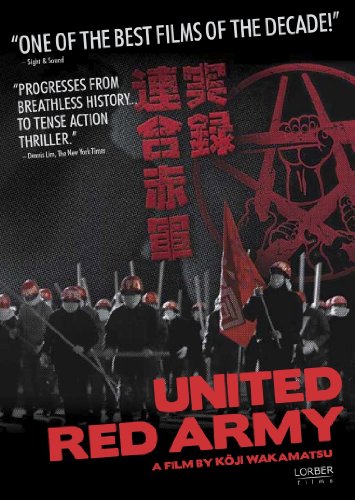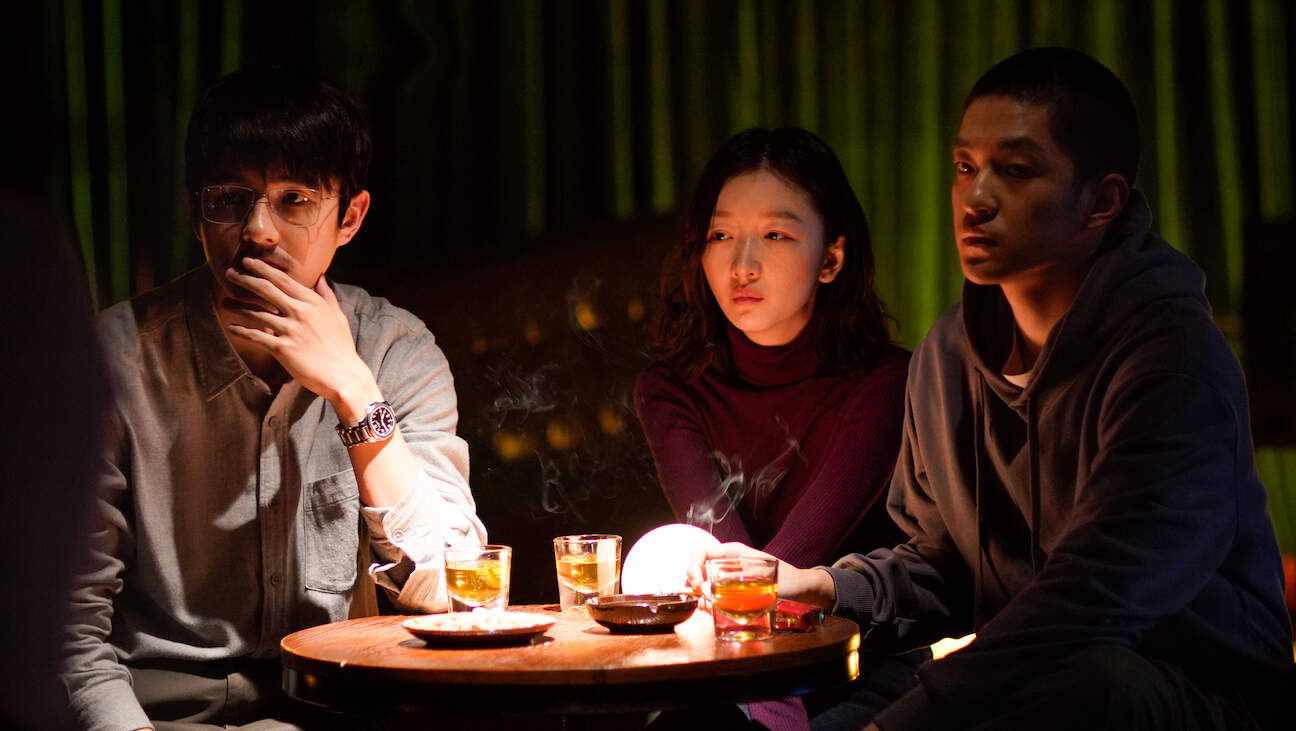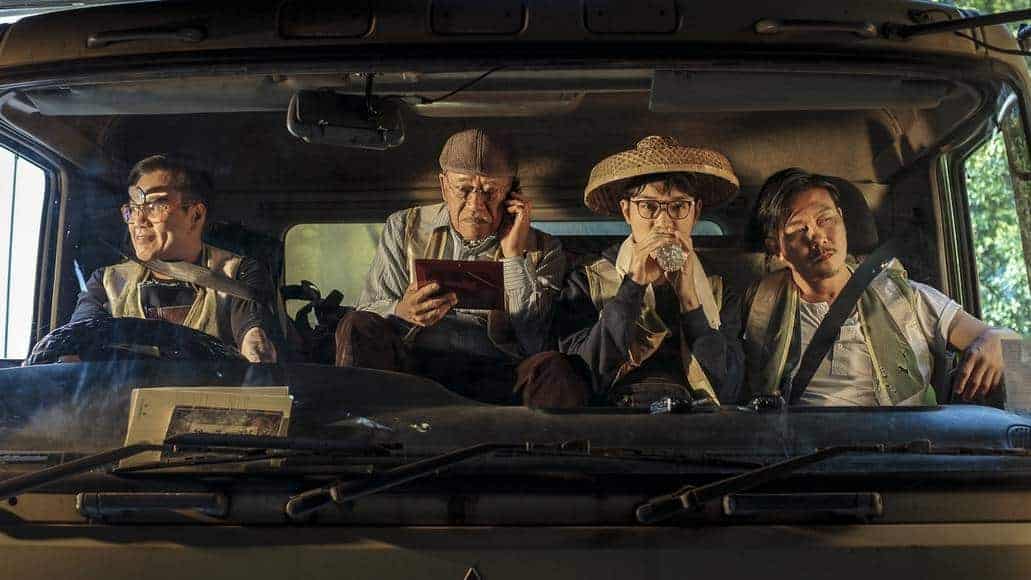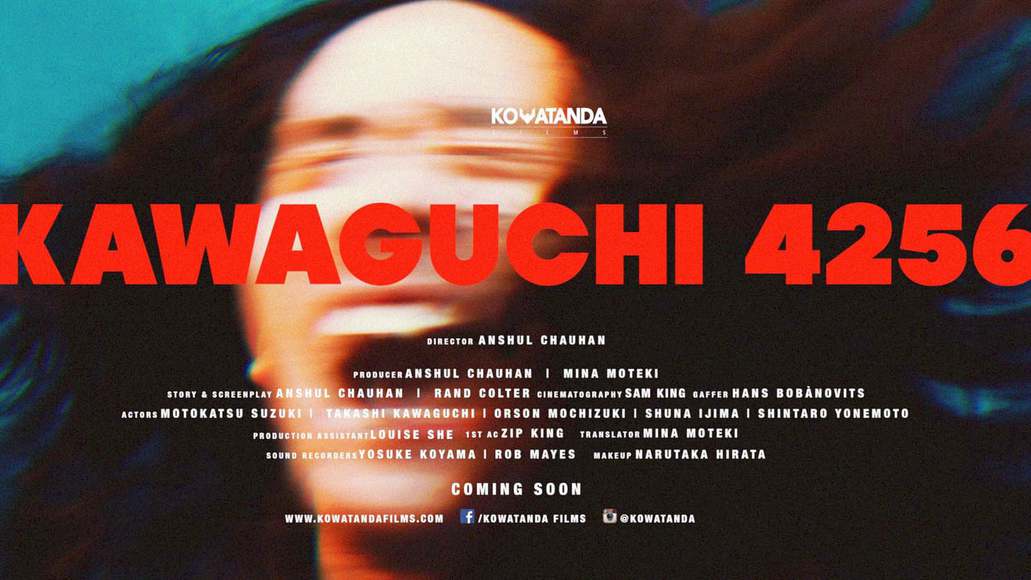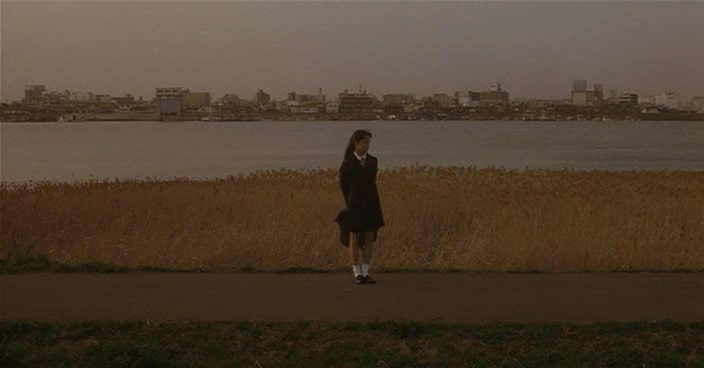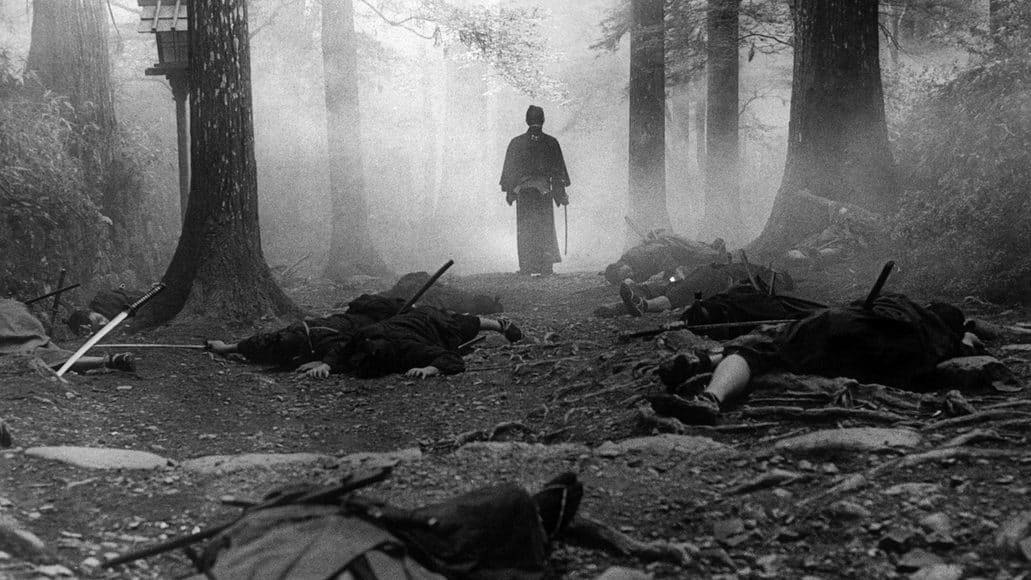The magnum opus of Koji Wakamatsu is actually not a low budget pink/exploitation film but a true political epic of 190 minutes that would stay in history both for the final result, and for the production details, before, during and after the shootings were completed. To finance the film, Wakamatsu flooded Tokyo with pamphlets requesting pledges of substantial sums of money to finance the project, with Jim O'Rourke (ex-member of Sonic Youth and the one who was responsible for the soundtrack) and film critic Inuhiko Yomota being among those who decided to help. When it became obvious that the funding was not enough, he mortgaged his house, which, he used to shoot the finale of the movie, destroying it in the process. Furthermore, he demanded that the actresses would not wear make-up, that they would arrive on the set already wearing their costumes and that their managers would not be present at all during the shooting. Lastly, all the shooting was done with handheld cameras in real locations (not inside the studio). Wakamatsu stated that his ulterior purpose was to prove the allegations of a previous, big-budget movie titled “The Choice of Hercules”, wrong, since it presented the events mostly through the perspective of the police, whose presence is actually minuscule in his production.
The first 45 minutes of the movie follow the trademark of Wakamatsu's oeuvre, presenting the footage of the events around the Zengakuren in documentary style, to the music of O'Rourke. With the Vietnam War and the continuous presence of the US army in Japan adding oil to the fire, the situation escalated, and by 1968, the violent clashes between the demonstrators and the police were an everyday phenomenon. The members of the Zengakuren had left the JCP completely behind them by that point, and proceeded on barricading themselves in Tokyo University, while a bit later, a demonstration in Shinjuku station escalated to a bloody clash.
After this point, the documentary gives its place gradually to a feature film, as the central members are introduced, with the focus being on the two leaders of the group, Hiroko Nagata and Tsuneo Mori. Wakamatsu highlights the internal clashes and the external events that led to the breaking of the student movement and the creation of extremist factions. This part finishes with the merging of the two most radical groups, the RLF and the RAF, and the subsequent creation of the United Red Army.

The next part changes once again, turning into an amalgam of exploitation and political thriller. With the remaining members of the Red Army being stranded in cabins on the mountains of Gunma and Nagano, Tsuneo Mori, along with his girlfriend, Hiroko Nagata, start acting as leaders of some sort of cult. Despite their grand speeches about world revolution, their orders seem to derive from paranoia to keep the leadership in their hands, and intense pettiness. The Maoist tactic of self-criticizing becomes a truly horrific concept, with the members who are considered ideologically weak to be subjected to psychological but also quite real and violent torture, in a supposed effort to be reborn through this violence, with a new revolutionary mentality. The torture are so extreme that a number of members die, with the events becoming even more horrific due to the reasoning of the leaders, which Wakamatsu presents as truly ridiculous.
The last part of the film changes style once again, transforming into a kind of action thriller, as the remaining members of the Army have barricaded themselves in a house in the mountains of Nagano, taking the owners as hostages. The infamous Asama-Sanso incident lasted for 10 days during the February of 1972, and was broadcasted in its whole by the Japanese TV, becoming one of the most watched programs in the history of the country, with the ratings reaching 90% close to the end. The agony that was already built-up by the previous events, reaches its apogee in this part, which concludes the movie in the most majestic and realistic fashion.
Wakamatsu underlines the tragic failure of the members of the faction, but also justifies their reasons behind their initial mentality, through the need they felt for change. The movie starts with the phrase, “Once, armed youth cried out for revolution” and ends with “We had no courage”, with the narrative essentially unfolding between these two phrases, in the gap between need/wish and the cruel reality, with the difference between the two being highlighted as the reason that led to madness.
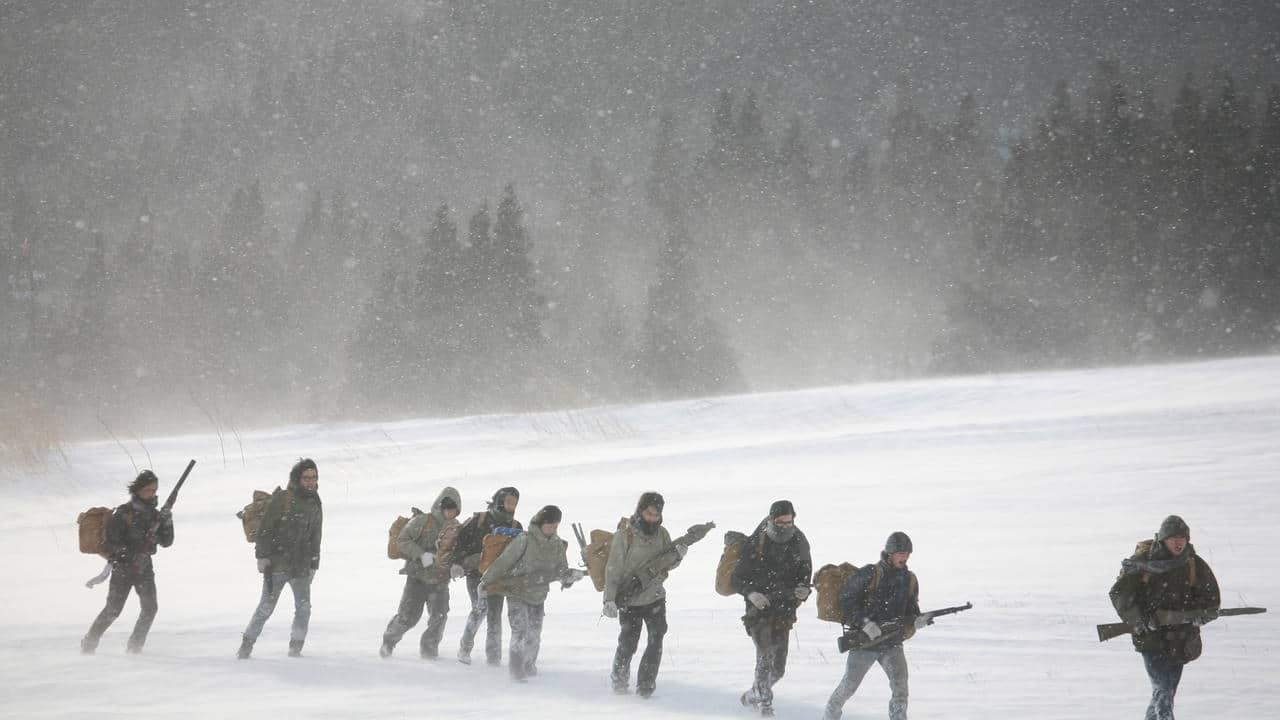
At least partially adopting the political stance Masao Adachi used to exhibit in their past collaborations, Wakamatsu makes a rather harsh comment regarding revolution and radicalism, as exhibited by the members of the United Red Army. At the same time, however, he points out that this kind of mentality is not solely a thing that belongs to the past, while his eventual comment in the movie seems somewhat bitter and romantic, as he considered that the members of the 60's generation were the last to truly believe in something and being ready to die for their beliefs.
Technically, the film is truly masterful, with the different genres that are exhibited throughout its duration being both impressive individually and excellently connected, highlighting the job Wakamatsu did in both the direction and the editing. The implementation of music adds much to the overall aesthetics, while the work done by the cinematographers Yoshihisa Toda and Tomohiko Tsuji is also top-notch, depicting the differing settings and the change of the psychology of the protagonists in the best way.
“United Red Army” is a genuine masterpiece, a film where all the elements that characterized Wakamatsu's vast filmography come together in the most elaborate way.



